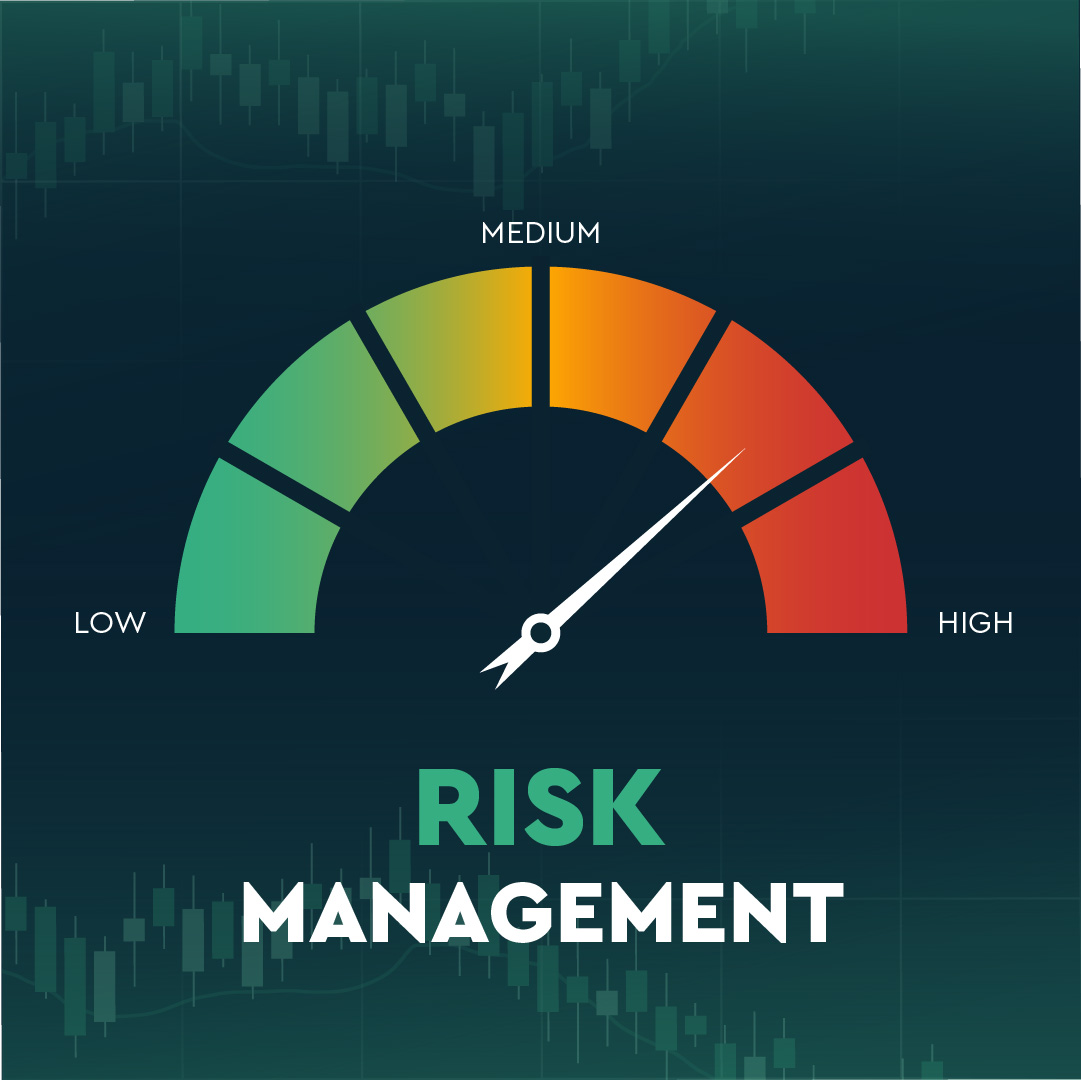What factors affect option?
There are several factors that can affect option prices, including:
- Underlying Asset Price: The price of the underlying asset, such as a stock, ETF, or index, is a primary factor that affects the price of an option. For call options, as the price of the underlying asset increases, the price of the call option generally increases, as it becomes more valuable to potentially buy the asset at a lower price. Conversely, for put options, as the price of the underlying asset increases, the price of the put option generally decreases, as it becomes less valuable to potentially sell the asset at a higher price.
- Strike Price: The strike price, or the price at which the option can be exercised, also affects the option price. In general, for call options, as the strike price decreases, the price of the call option generally increases, as it becomes more valuable to potentially buy the asset at a lower price. For put options, as the strike price increases, the price of the put option generally increases, as it becomes more valuable to potentially sell the asset at a higher price.
- Time to Expiration: The time remaining until the option’s expiration date, also known as time to expiration or time decay, affects the option price. As the option approaches its expiration date, the time value of the option may decrease, which can result in a decrease in the option price. This is because options lose value over time, as there is less time for the underlying asset price to move in a favorable direction.
- Volatility: Volatility, or the level of price fluctuations in the underlying asset, also affects option prices. Higher volatility generally leads to higher option prices, as there is a greater likelihood of the option being profitable due to larger potential price movements in the underlying asset. Lower volatility generally leads to lower option prices, as there is less potential for the option to be profitable.
- Interest Rates: Interest rates can also impact option prices. In general, higher interest rates may lead to higher call option prices and lower put option prices, as the cost of carrying the underlying asset is higher, and vice versa.
- Dividends: For options on stocks that pay dividends, the timing and amount of dividends can also impact option prices. Generally, when a stock pays a dividend, the price of the stock may decrease by the amount of the dividend, which can impact the price of the corresponding options.
- Market Conditions and Supply-Demand Dynamics: Market conditions, including overall market sentiment, liquidity, and supply-demand dynamics for options, can also affect option prices. If there is high demand for a particular option, it may drive up the price, and vice versa.
It’s important to note that these factors are interconnected and can interact in complex ways, and option pricing can be influenced by other factors as well. Option pricing models, such as the Black-Scholes model, take into account these factors to estimate the theoretical price of an option, but actual option prices may deviate from the model due to various market factors and conditions.
Should I trade during volatility?
Trading during volatility can offer both opportunities and risks, and whether you should trade during periods of volatility depends on your trading strategy, risk tolerance, and experience. Here are some key points to consider:
- Increased Opportunities: Volatility often leads to larger price swings, providing increased trading opportunities. Volatile markets can offer higher potential profits, especially for traders who thrive on short-term price fluctuations or use strategies designed to take advantage of volatility.
- Higher Risks: Volatility also comes with increased risks. Sharp price movements can result in substantial losses if trades go against your expectations. Volatile markets can be challenging to predict, and sudden market shifts can lead to unpredictable outcomes.
- Enhanced Market Liquidity: Volatility can be accompanied by higher trading volumes and increased liquidity. This can be beneficial for traders, as it may lead to tighter bid-ask spreads and better execution of trades.
- Increased Volatility Premium: During periods of high volatility, options prices tend to be higher due to increased demand for hedging and speculation. This means that options premiums can be more expensive, making it costlier to enter into options positions.
- Risk Management Considerations: Volatility can impact risk management strategies. Stop-loss orders, for example, may be more prone to slippage during volatile periods, as prices can move rapidly. Proper risk management, position sizing, and disciplined trading approaches are crucial when trading during volatility.
- Emotional Challenges: Trading during volatile periods can be emotionally challenging. Rapid price movements and heightened market uncertainty can lead to impulsive decision-making and increased stress. It’s important to stay calm, follow your trading plan, and avoid letting emotions dictate your trading actions.
- Adequate Knowledge and Experience: Trading during volatility requires a solid understanding of market dynamics and trading strategies. It’s advisable to have sufficient knowledge, experience, and familiarity with the specific market or asset class you intend to trade.


What’s the correct risk during market volatility?
When determining the risk per trade in volatile markets, it’s important to consider your individual risk tolerance, trading strategy, and overall financial situation. Volatile markets can present both opportunities and risks, as they can result in larger price swings and increased market uncertainty.
As a general guideline, many professional traders and risk managers suggest limiting the risk per trade to a certain percentage of your overall trading account balance. This percentage can vary depending on your risk tolerance and trading style, but a common rule of thumb is to limit risk to 1-2% of your trading account balance per trade in volatile markets.
For example, if you have a trading account balance of $10,000 and you decide to risk 1% per trade, you would risk $100 per trade. If you decide to risk 2% per trade, you would risk $200 per trade. This approach can help you manage your risk and avoid significant losses in case of adverse price movements.
It’s important to note that risk management is a critical aspect of trading, especially in volatile markets. You should carefully assess your risk tolerance, consider your trading strategy, and always use stop-loss orders to limit potential losses. It’s also advisable to diversify your trading portfolio to reduce risk further, and consider seeking advice from a qualified financial professional before making any trading decisions.

Suggestions
Trading options can be complex and risky, so it’s essential to approach it with proper knowledge and preparation. Here are some suggestions to help you trade options effectively:
- Educate Yourself: Gain a solid understanding of options mechanics, strategies, and terminology. Learn about various options strategies, such as buying calls or puts, selling covered calls, and vertical spreads. Familiarize yourself with options pricing, risk management techniques, and market analysis relevant to options trading.
- Start with a Solid Foundation: Before diving into options trading, make sure you have a strong foundation in basic investing principles and market knowledge. Understand how the stock market works, learn about fundamental and technical analysis, and gain experience in trading stocks or other securities.
- Have a Trading Plan: Develop a well-defined trading plan that outlines your trading goals, risk tolerance, and strategies. Define your entry and exit criteria, position sizing, risk management rules, and how you will handle different market scenarios. Stick to your plan and avoid impulsive decisions based on emotions.
- Paper Trade or Use Virtual Accounts: If you’re new to options trading, consider practicing with virtual trading platforms or paper trading accounts. These allow you to simulate options trades without risking real money. It’s a valuable way to gain experience, test different strategies, and understand how options prices and values fluctuate.
- Start with Simple Strategies: Begin with basic options strategies and gradually expand your repertoire as you gain more experience. Simple strategies like buying calls or puts, or selling covered calls, can help you understand the fundamentals of options trading before moving on to more complex strategies.
- Diversify and Manage Risk: Spread your risk by diversifying your options positions across different underlying assets, industries, or market segments. Avoid putting all your capital into a single trade. Implement risk management techniques such as setting stop-loss orders, using position sizing based on your risk tolerance, and considering the potential loss on each trade.
- Stay Informed: Keep up with market news, company announcements, economic reports, and other factors that may affect the underlying assets of your options trades. Stay informed about upcoming events, earnings releases, or regulatory changes that could impact the market.
- Continuously Learn and Adapt: Options trading requires ongoing learning and adaptation to changing market conditions. Stay updated with new options strategies, market trends, and risk management techniques. Regularly review and evaluate your trades to learn from both your successes and failures.
- Consider Professional Guidance: If you’re new to options trading or uncertain about your strategies, consider seeking guidance from a qualified financial professional, such as a financial advisor or an options trading specialist. They can provide personalized advice, help you understand complex concepts, and offer insights specific to your financial situation and goals.

